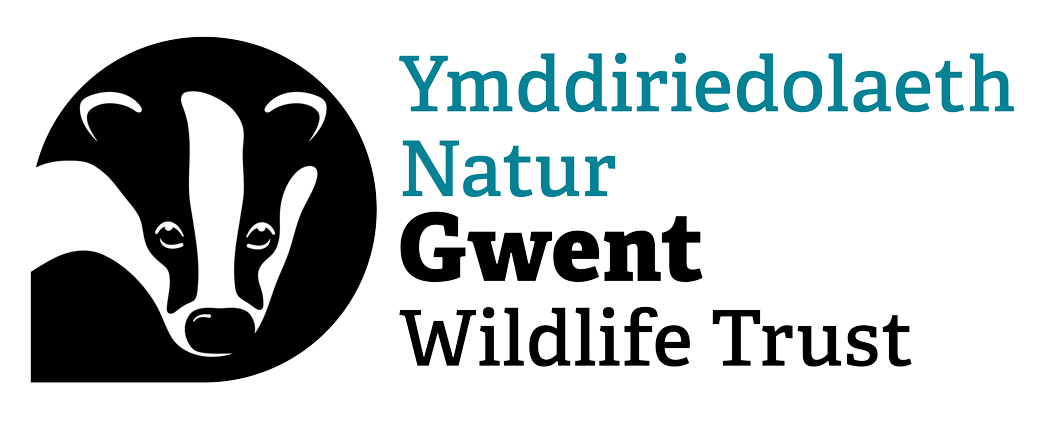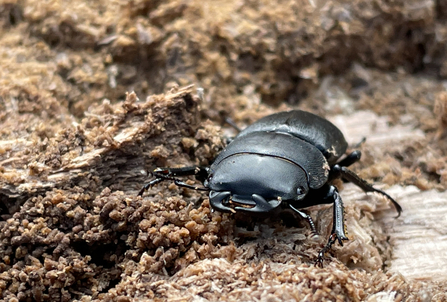With May underway, it’s the perfect moment to add the next vital habitat to your wildlife garden: rotting wood in the form of stumperies, log piles, dead hedges, or even simple twig piles.
Why Rotting Wood Matters?
Rotting wood creates cool, damp crevices where beetles, amphibians, hedgehogs, and countless invertebrates can hide and nest. It also serves as a vital food source by supporting fungi and other invertebrates—such as stag beetles and their larvae—that, in turn, feed birds and small mammals. Additionally, rotting wood fuels essential mycelial networks that break down wood into rich humus, enhancing soil structure and nutrient cycling.

